Digital Learning
I have been an innovator in digital learning since 2000, when I joined Global Kids as its first Online Leadership Director, supporting urban youth to become global leaders. Over 12 years we developed 29 original after school youth programs that demonstrated the educational potential of emerging media, many which spread to other organizations and are still being run today.
Starting in 2000, we worked with youth-developed web sites and online dialogues. Around 2005, we introduced games for learning, machinima, and virtual worlds like Second Life. A few years later we incorporated social networks, geolocative mobile games, digital badging, geocaching and Minecraft.
In 2012 I moved to the American Museum of Natural History, developing and overseeing the Digital Youth Learning Strategy. We aimed to better understand how informal science learning could be enhanced through digitally-based pedagogies and tools. While efforts drew from existing programming, we primarily focused on piloting original courses, over 70 in total, working with imaging and 3D-printing equipment, augmented and virtual reality, gaming software, and digital tools of science.
At the Museum I reached 2,000 youth, many who co-developed learning experiences with me and my team that reached 18,000 museum visitors and over 60,000 online.
From 2018-2020 I worked at the Girl Scouts of the USA, where I had the opportunity to advance a number of digital learning initiatives.
Below are just a few examples from the Museum and the Girl Scouts:
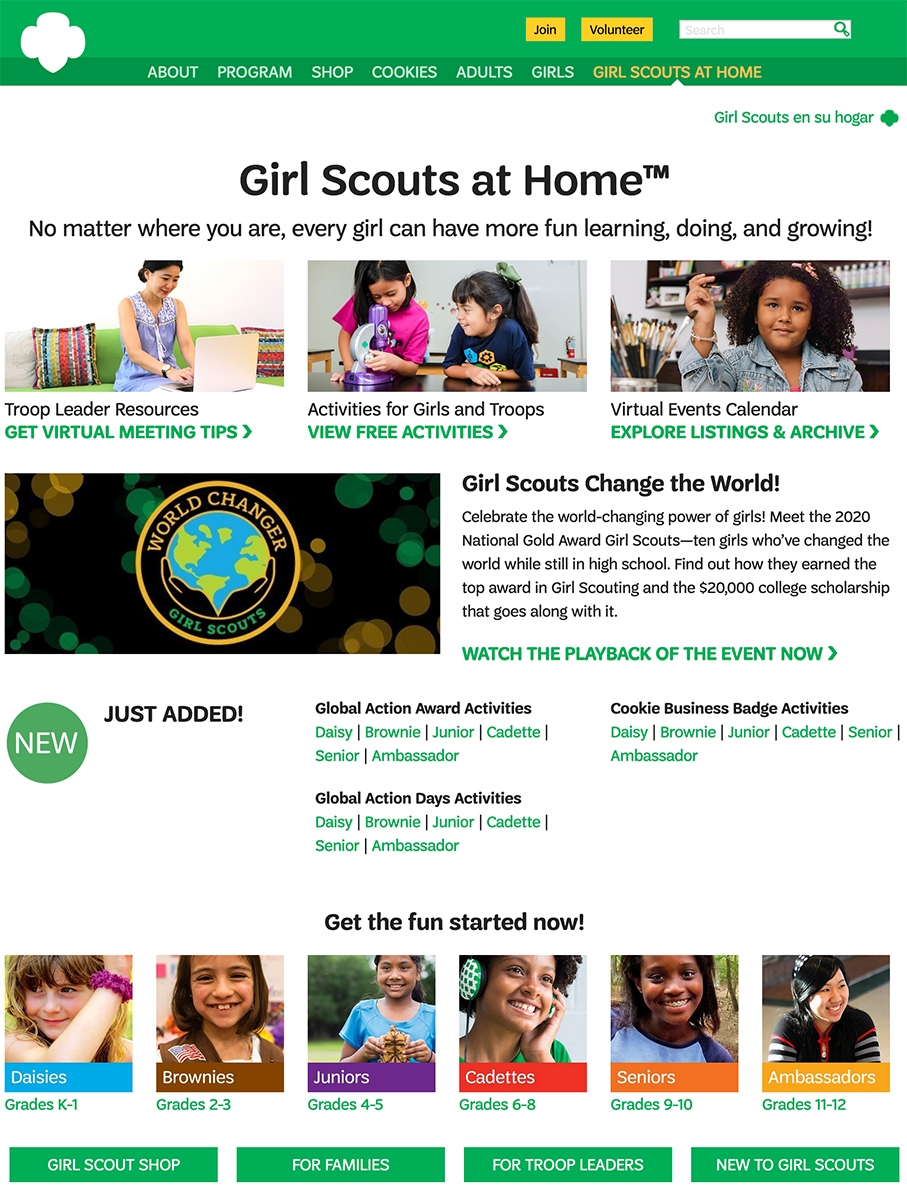
GIRL SCOUTS AT HOME
Girl Scouts at Home was developed and launched within two weeks as the pandemic pivot in response to the cancellation of in-person meetings for 1.4 million girls. Within one month, 1/3 of all Troop Leaders reported using it, within 4 months it had received 1 million page visits, and it consistently drove 2% of traffic to the online store and 1% of its sales. The site combined videos, copy, and downloads to support the continuation of the Girl Scout Leadership Experience, both by girls on their own and through remote troop sessions.
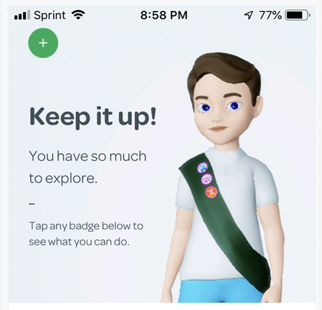
GSAPP
Girl Scout’s gsApp was a prototype for a direct-to-girl mobile experience, to integrate the socializing and learning from an in-person troop within an accessible-anywhere digital learning platform.
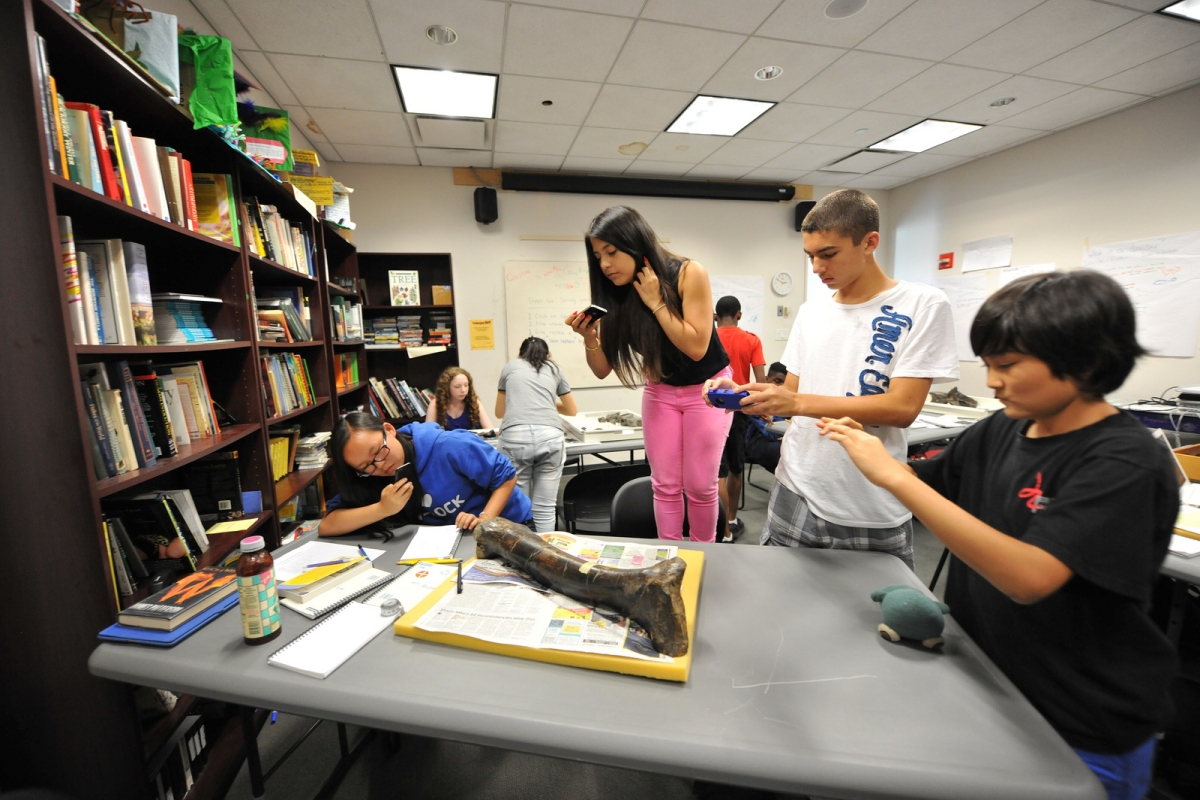
CAPTURING DINOSAURS
Capturing Dinosaurs was AMNH’s first youth program to incorporate the processes of digital scanning and fabrication (in which youth used mobile apps to scan real dinosaur fossils then fabricate them on printers to build a model). This lead to a wide range of youth programming (around topics like mammals, microfossils, and more), public programming (at I.D. Day and during our Sleepovers), and online (by sharing the models produced for others to use).
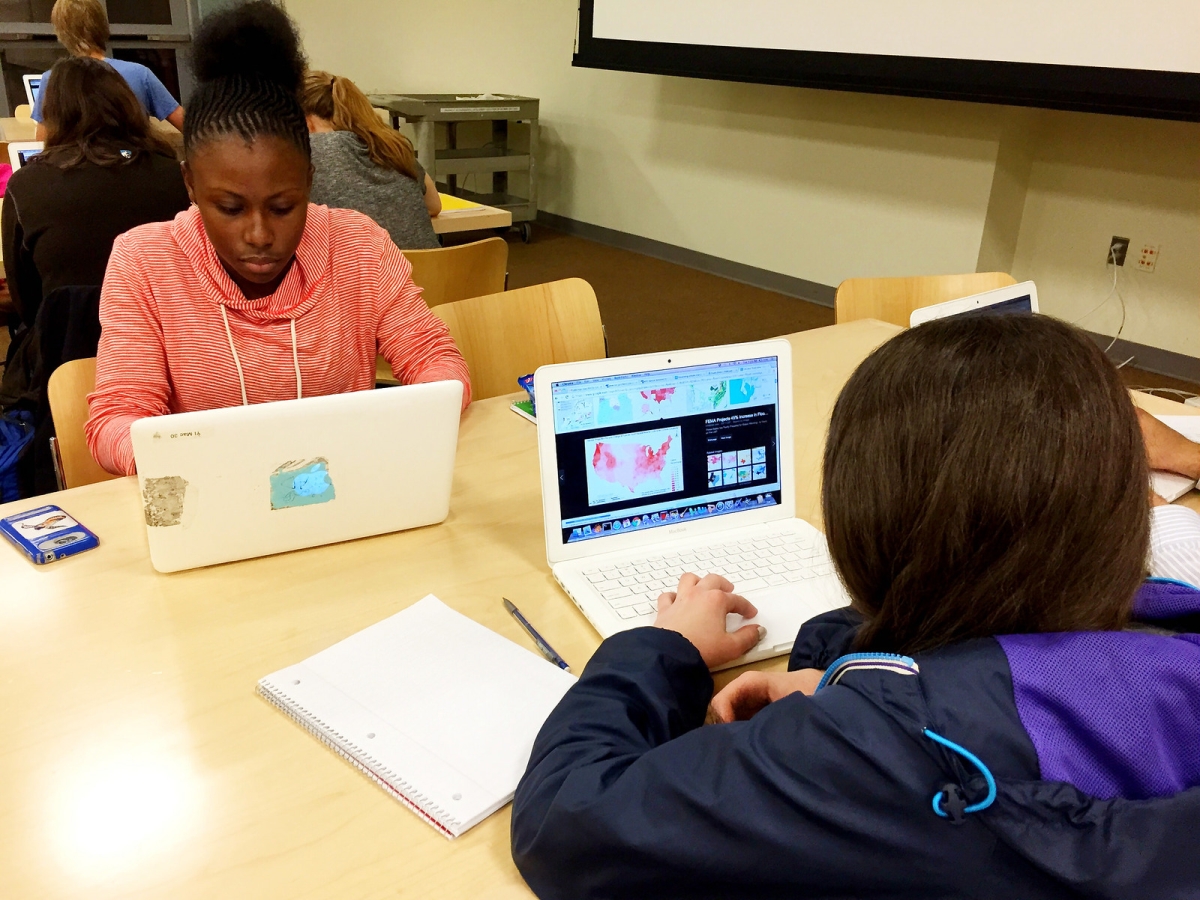
VISUALIZING CLIMATE CHANGE
Visualizing Climate Change began a deep exploration (that continues to this day) of how to bring science data visualization into AMNH courses, both as practiced by scientists to advance knowledge of the natural world and by science communicators.
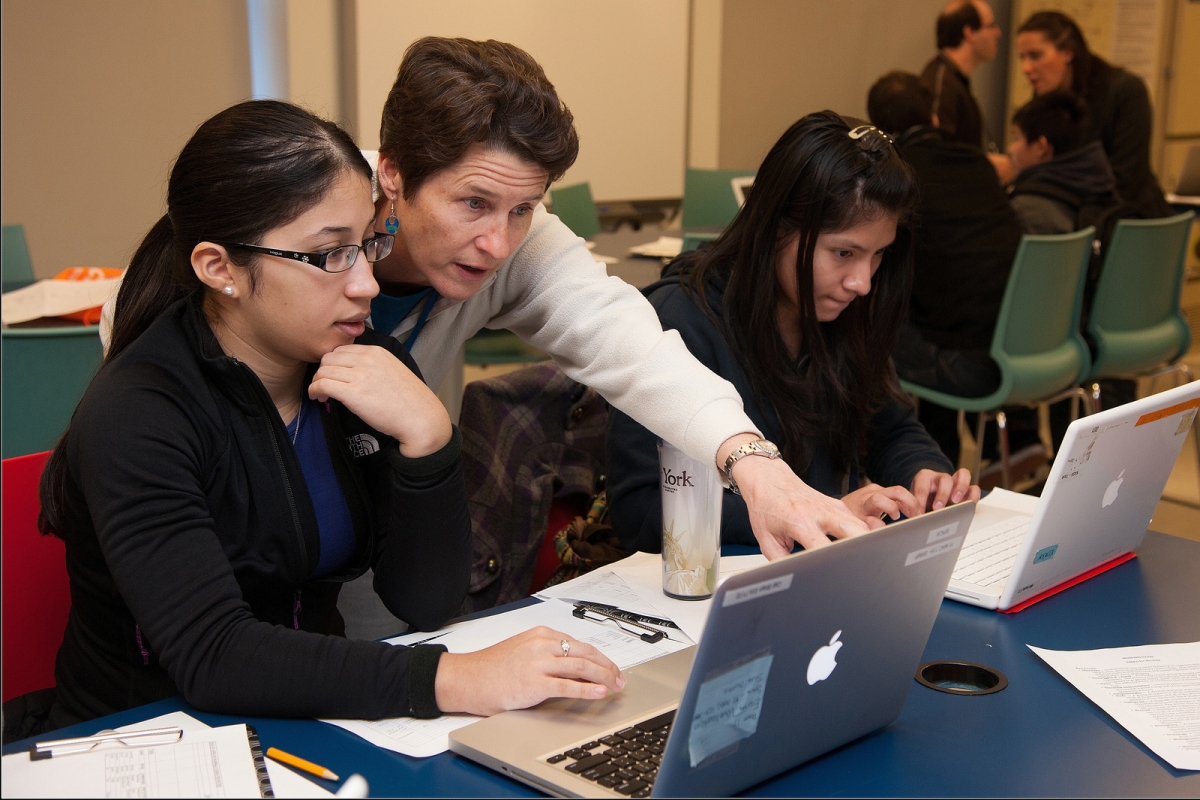
MORPHOBANK
Morphobank is an online tool scientists used to collaborate on morphological data, co-developed by AMNH scientists. Working with these scientists, we adapted it for use within a youth curriculum, which led to its use across many programs.
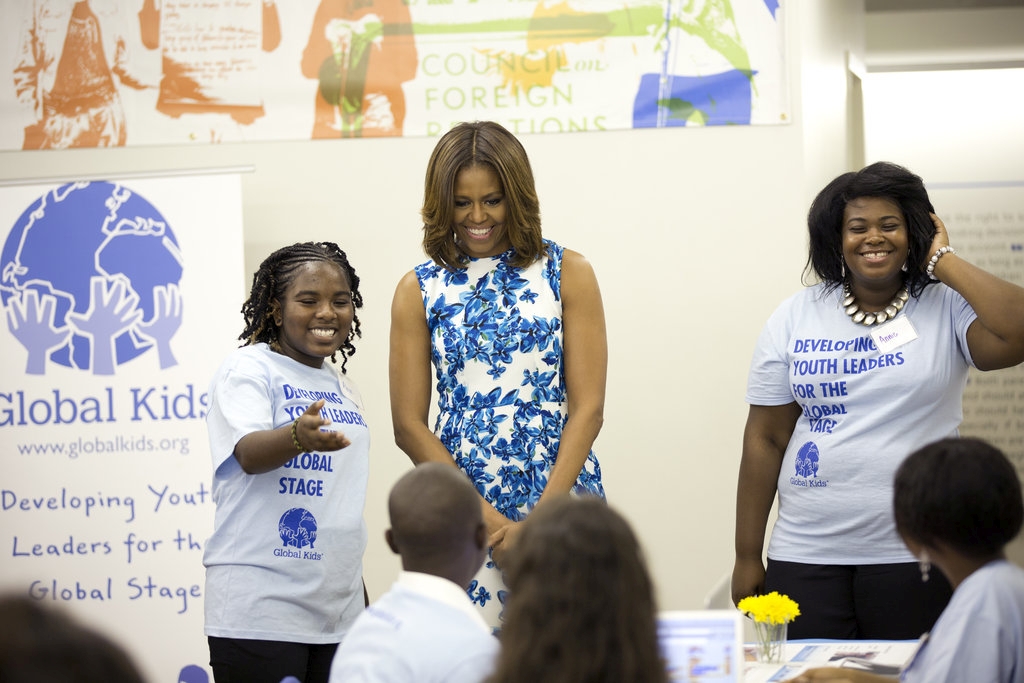
PLAYING FOR KEEPS
Playing For Keeps, first launched at Global Kids in 2003, supports youth to use game design to address social and global issues. Its first games addressed Hurricane Katrina, medical racism in U.S. prisons, and poverty in Haiti. It began with games for the web and in Second Life and would soon incorporate mobile geolocative gaming (like NYC Haunts, used by youth programs in both the New York Public Library and the Brooklyn Public Library systems), geocaching (like Race to the White House) and more. It continues to be a core offering of Global Kids, has been taught to other organizations (like MOUSE), and informed my gaming-programs at the American Museum of Natural History.

